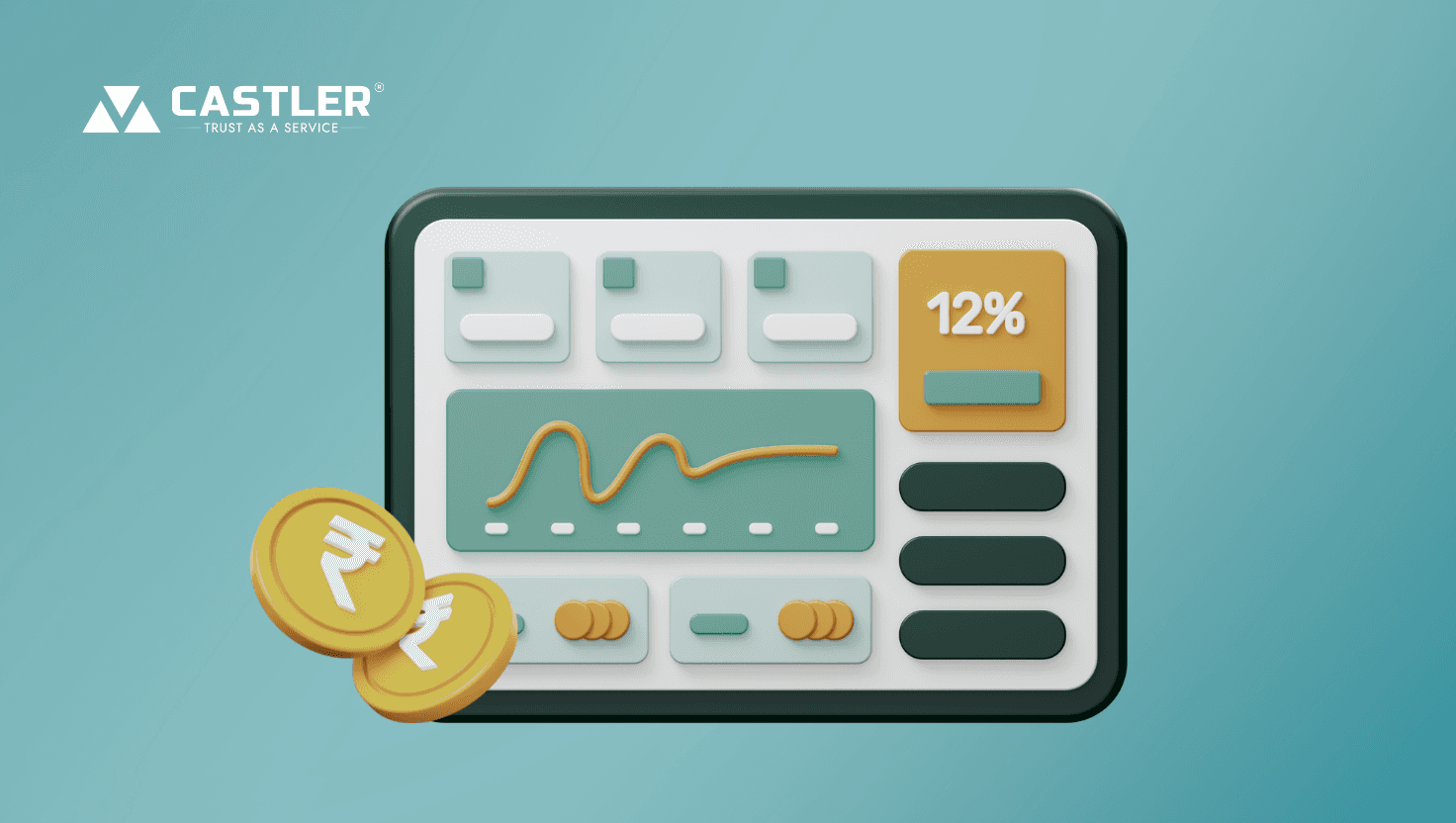Payments
|
July 8, 2025
-
6 MINS READ

Introduction: The Payment Decision That Shapes Your Business
In today’s fast-moving digital world, picking the right payment gateway is more than just a behind-the-scenes choice. It can shape your customer’s experience, influence your cash flow, and even determine how well your business can grow. With customers expecting real-time payments, smooth checkouts, and adherence to regulations, your payment gateway is not just a tool it’s a key partner in your strategy.
So, how do you find the perfect fit? In this guide, we’ll walk you through the essential factors to consider when assessing a payment gateway in 2025 and show you how Castler can be a part of that decision with its top-notch enterprise solution.
What Is a Payment Gateway?
A payment gateway is a tech platform that connects your customer’s payment method like a debit card, UPI, or net banking to your bank account. It securely authorizes and processes transactions, making sure that money moves safely from the payer to the payee.
But nowadays, a payment gateway is so much more than just a transaction processor. It’s crucial for building customer trust, ensuring revenue, maintaining compliance, and automating processes. Think of it as your digital cashier, fraud detection system, and compliance officer all rolled into one.
In 2025, modern payment gateways also provide:
• Real-time data insights and reconciliation
• Smooth integration with business workflows (like invoicing, lending, and subscriptions)
• API-first designs for total control and flexibility
• Support for recurring payments, QR payments, AutoPay, eNACH, and escrow flows
With increasing regulatory scrutiny and higher customer expectations, your gateway’s capabilities need to match your business’s unique needs, industry type, and risk profile.
Key Factors to Consider When Choosing a Payment Gateway
1. Security & Compliance
Security isn’t just an add-on; it’s the bedrock of your operations. With online fraud on the rise and stricter data privacy laws (like GDPR and India’s DPDP Act), your payment gateway must guarantee end-to-end encryption, PCI-DSS compliance, and real-time fraud monitoring.
Look for:
• Tokenization and encryption
• PCI-DSS certification
• Real-time fraud detection systems
• Compatibility with data protection regulations
2. Payment Method Coverage
Your customers crave flexibility. A solid payment gateway should accommodate everything from UPI and credit cards to net banking and e-wallets. This variety helps minimize cart abandonment and boosts conversions.
Look for:
• UPI, IMPS, NEFT, RTGS
• Debit/Credit cards
• eNACH and recurring mandates
• QR-based payments
3. Ease of Integration
If a gateway is tricky to integrate, it can really slow you down. Look for developer-friendly APIs, thorough documentation, and SDKs that can save you weeks of engineering time.
Look for:
• Plug-and-play SDKs for web and mobile
• Sandbox testing environment
• Responsive support teams
4. Payout Capabilities
By 2025, businesses won’t just be receiving payments they’ll be making thousands of payouts daily to vendors, partners, gig workers, or customers. Make sure your gateway has robust disbursement APIs that offer bulk, scheduled, and automated options.
Look for:
• Real-time NEFT/RTGS/IMPS/UPI disbursals
• Multi-party settlements
• Automated reconciliation and reports
5. Scalability and Reliability
You need a payment gateway that can grow alongside your business. Whether you’re ramping up to handle 10x the transactions or expanding into new regions, uptime and flexibility are essential.
Look for:
• 99.9% uptime and failover protection
• Multi-bank integrations
• Support for multi-currency payments
6. Analytics and Dashboard
Data is your best friend when it comes to making decisions. Your payment gateway should provide real-time analytics, downloadable reports, and customizable dashboards to help you keep track of payments, failures, success rates, and cash flows.
Look for:
• Real-time transaction monitoring
• Settlement reports
• Refund/chargeback tracking
7. Customer Experience
The experience your end-users have can truly make or break a sale. A seamless, quick, and branded checkout process is key to keeping those conversion rates high. Keep an eye out for:
• One-click payment options
• Mobile-friendly design
• Customizable checkout solutions
How Castler Makes Payment Infrastructure Easy for Enterprises
Castler is more than just a payment gateway it's a full-fledged transaction infrastructure designed for today’s businesses. Here’s how it can support your operations in 2025:
Unified Payment Management
With Castler, you can handle both incoming and outgoing payments all in one spot. Accept customer payments through UPI, QR codes, cards, eNACH, or challans, while automating your payouts via NEFT, RTGS, IMPS, or UPI APIs.
Customizable Payment Workflows
Set up payment rules based on milestones, contracts, or delivery confirmations using Castler's flexible payment framework. It’s ideal for co-lending, marketplace escrow, SaaS billing, and much more.
Secure and Compliant
Castler’s infrastructure is supported by trustee-managed fund flows, multi-bank redundancy, and real-time fraud detection. It meets RBI, ISO 27001, GDPR, and other international standards.
Clear APIs and Reporting
From reconciliation to refunds, Castler offers an API-first infrastructure complete with developer tools, audit logs, and downloadable reports to keep you in control.
Conclusion: Make Smart Choices, Scale Effortlessly
Selecting the right payment gateway is more than just a technical choice it’s a key driver for your business. Prioritize security, flexibility, scalability, and real-time oversight. And when you’re ready for a robust platform that does more than just handle collections, discover how Castler can enhance your payment ecosystem.
Ready to elevate your payment setup? Reach out to Castler today!
Written By

Chhalak Pathak
Marketing Manager




